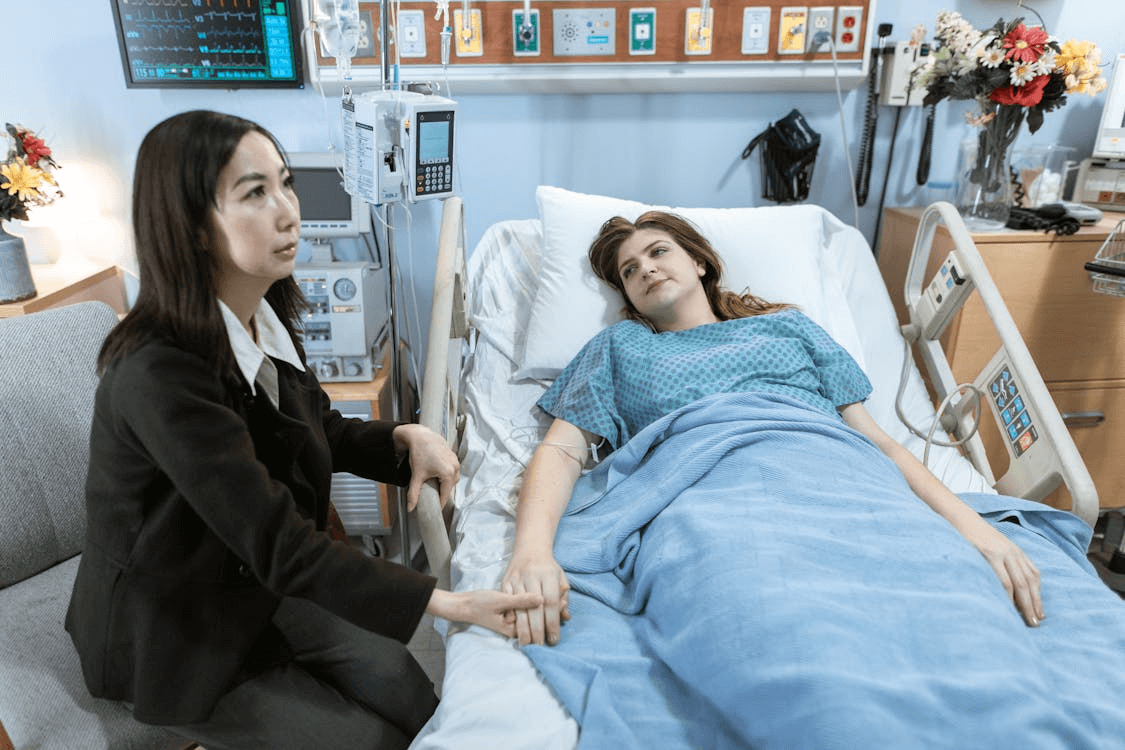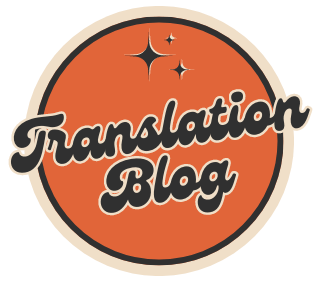Every conversation between a provider and a patient shapes diagnosis, treatment, and recovery. When language becomes a barrier, even the smallest misunderstanding can disrupt that process. A simple instruction about medication or a question about symptoms can turn into confusion that affects the quality of care.
Florida highlights this challenge more than most states. With a population that reflects a wide range of cultures and languages, hospitals and clinics often care for patients who can’t fully communicate in English. For healthcare teams here, building strong multilingual systems isn’t an extra service; it’s essential. Meeting patients where they are linguistically makes care more accurate and builds trust in a diverse community.

Build Patient Connections
Nurses are often the first and last point of contact during a patient’s care. They explain procedures, answer questions, and translate medical plans into daily routines patients can follow. When language barriers exist, that relationship becomes even more critical. A nurse who can connect with a patient in their preferred language or effectively use interpretation tools sets the tone for the entire care experience. It creates a sense of safety and respect that influences how well patients respond to treatment.
Healthcare facilities are putting more emphasis on preparing nursing staff for this role. Many are investing in additional education to strengthen cultural and linguistic skills. Online nursing programs in Florida, specifically those at St. Thomas University, make this training more accessible because they allow working nurses to continue their studies without stepping away from their positions. Online formats let them integrate new communication approaches into their work in real time, which benefits both staff and patients immediately.
Reduce Misunderstandings
In critical care situations, there’s no space for vague explanations or half-understood instructions. A misinterpreted symptom or unclear question can change how quickly and accurately a patient receives treatment. These aren’t abstract problems, as they happen in emergency rooms, trauma units, and surgical settings where decisions are made in minutes. Language clarity can directly influence patient outcomes in these high-pressure environments.
Training staff to communicate across languages and using accurate translation services minimizes these risks. It also helps medical teams work faster and with more confidence because they aren’t second-guessing what a patient or family member meant.
Support Families
Families often step in to provide information, ask questions, and make decisions when the patient can’t. When language barriers exist, families may struggle to understand treatment plans or advocate effectively. This creates stress at a time when they are already under pressure and can affect how well they support the patient’s recovery.
Offering multilingual resources to families creates a clearer partnership between medical teams and those advocating for the patient.
Prevent Misinterpretations
Small communication gaps can have outsized effects in healthcare. A misunderstood dosage, a vague discharge instruction, or even a misread question during intake can create complications later. These errors often don’t stem from a lack of care but from moments when language wasn’t fully aligned between provider and patient.
Tackling this means building systems that catch misinterpretations before they happen. Staff training, accessible translation services, and clear protocols all work together to close those gaps. When patients leave with instructions they fully understand, it reduces risks and improves outcomes, turning what could have been a weak point into a strength in the care process.
Align Non-Verbal Cues
Language is more than words. Patients often rely on body language and tone to interpret what’s being said, especially when they only understand parts of a conversation. When staff are trained to use culturally appropriate gestures and maintain consistent non-verbal cues, it helps bridge gaps even when spoken language isn’t perfect.
This becomes particularly important in multilingual environments where translation services are in use. Matching accurate words with respectful, culturally aware body language creates a more cohesive message and avoids unintentional misunderstandings that can affect trust between patients and providers.
Strengthen Informed Consent
Consent isn’t just a signature on a form but a process of understanding. When patients can’t fully grasp the information being presented due to language barriers, informed consent loses its meaning. Accurate translations and clear explanations in the patient’s preferred language are vital to making this process ethical and effective.
Providing translated materials and involving trained interpreters helps patients and families make real choices about their care. It turns consent into a conversation rather than a formality.
Boost Patient Experience
When patients feel understood and can communicate comfortably, their experience improves dramatically. This sense of being heard can influence how they follow treatment plans and how they view the healthcare system as a whole.
Multilingual support plays a major role here. It signals respect for the patient’s background and builds trust in the facility. For diverse regions, where multiple languages intersect daily, this investment can shift the overall reputation of a healthcare provider in the community.
Keep End-of-Life Care Personal
Palliative and end-of-life care requires a level of sensitivity that goes beyond clinical skill. These conversations often touch on deeply personal beliefs and cultural values. Language barriers can make this already difficult stage harder for patients and families, leaving room for confusion or emotional distance at a critical time.
Using multilingual communication and culturally aware approaches keeps these discussions clear and compassionate.
Multilingual communication is a crucial feature of the modern healthcare system. From daily interactions with nurses to critical decisions in emergency rooms, language directly affects safety, trust, and outcomes. Investing in staff training, translation systems, and culturally aware practices builds more than smoother conversations.

